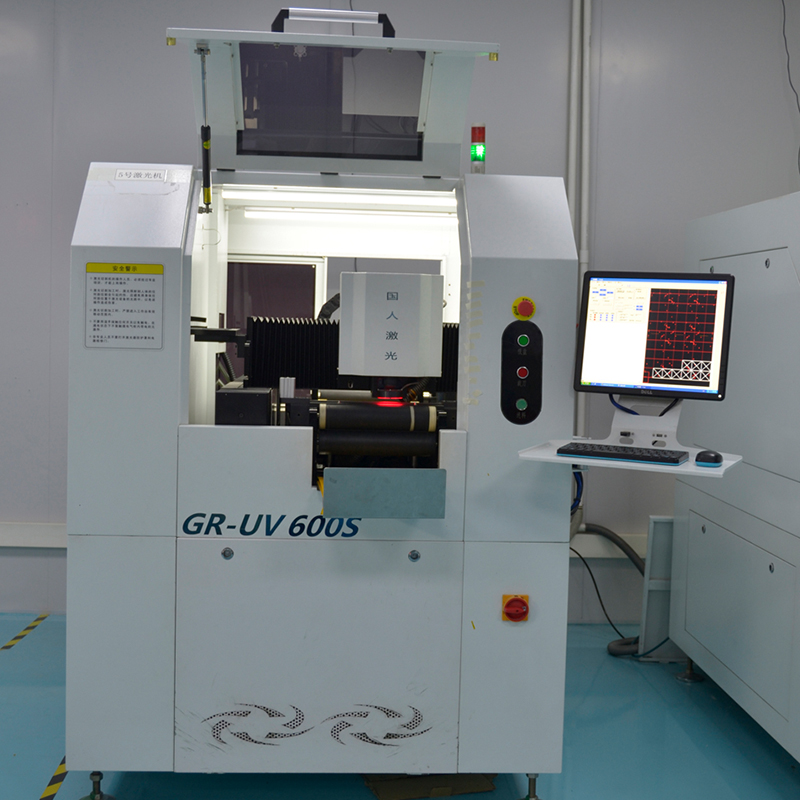In this blog post, we will explore some common design challenges faced when working with rigid-flex PCBs and discuss effective strategies for overcoming these challenges.
Flexible printed circuit boards (PCBs) have revolutionized the electronics industry by increasing design flexibility, saving space and enhancing durability. These rigid-flex PCBs offer even greater advantages when combined with rigid areas on the same board. However, using rigid-flex PCBs also comes with its own set of design challenges.
1.Bending and deflection requirements:
One of the major challenges in designing rigid-flex PCBs is ensuring that the flexible portion can withstand repeated bending and bending without affecting its functionality. To meet this challenge, designers need to choose suitable materials, such as polyimide, which have excellent bending strength and can withstand harsh mechanical stresses. Additionally, component routing and placement should be carefully planned to avoid stress concentrations that can lead to failure over time.
2. Interconnection reliability:
Interconnect reliability is critical for rigid-flex PCBs as they require consistent electrical connections between rigid and flexible parts. Ensuring interconnect reliability requires careful consideration of routing and termination techniques. Sharp bends, excessive stretching, or stress at interconnections must be avoided as these can weaken the connection and cause electrical failure. Designers can choose techniques such as teardrops, elongated pads, or staggered striplines to enhance interconnect robustness.
3. Thermal management:
Proper thermal management is critical for rigid-flex boards to ensure optimal performance and prevent overheating. The integration of rigid and flexible areas creates unique challenges for effective heat dissipation. Designers must consider factors such as component heat dissipation, differences in thermal expansion coefficients between rigid and flexible materials, and the need for thermal vias to move heat away from critical areas. Thermal simulation and analysis can help identify potential hot spots and implement appropriate thermal solutions.
4. Component placement and routing:
The placement and routing of components in rigid-flex PCBs requires careful attention due to the interaction between rigid and flexible parts. Designers must consider the mechanical bending and flexing of circuit boards during assembly and use. Components should be placed and routed in a manner to minimize stress concentration points, enhance signal integrity, and simplify the assembly process. Iterative simulation and testing ensure optimal component placement and routing to avoid unnecessary signal loss or mechanical failure.
5. Manufacturing and Assembly Complexity:
Rigid-flex boards have higher manufacturing and assembly complexity than traditional rigid boards. The integration of multiple layers and materials requires specialized manufacturing techniques and equipment. Collaboration between designers and manufacturers is critical to effectively translate design intent into manufacturable products. Providing clear and detailed design documentation, including accurate layup information, material specifications and assembly guidelines, streamlines the manufacturing and assembly process.
6. Signal Integrity and EMI/EMC Considerations:
Maintaining signal integrity and reducing electromagnetic interference/electromagnetic compatibility (EMI/EMC) risks are key design considerations for rigid-flex PCBs. The proximity of rigid and flexible parts can introduce coupling and crosstalk issues. Careful planning of signal routing, grounding techniques, and use of shielding can help alleviate these challenges. In addition, you must ensure that you select appropriate components with good EMI performance and adhere to industry standards and guidelines.
In summary
While rigid-flex PCBs offer numerous advantages in terms of design flexibility and durability, they also present unique design challenges. By addressing factors such as flex requirements, interconnect reliability, thermal management, component placement and routing, manufacturing complexity, and signal integrity, designers can overcome these challenges and fully exploit the potential of rigid-flex PCB technology. Through careful planning, collaboration, and adhering to best practices, engineers can create successful products that take advantage of rigid-flex PCB design.
Post time: Oct-06-2023
Back







